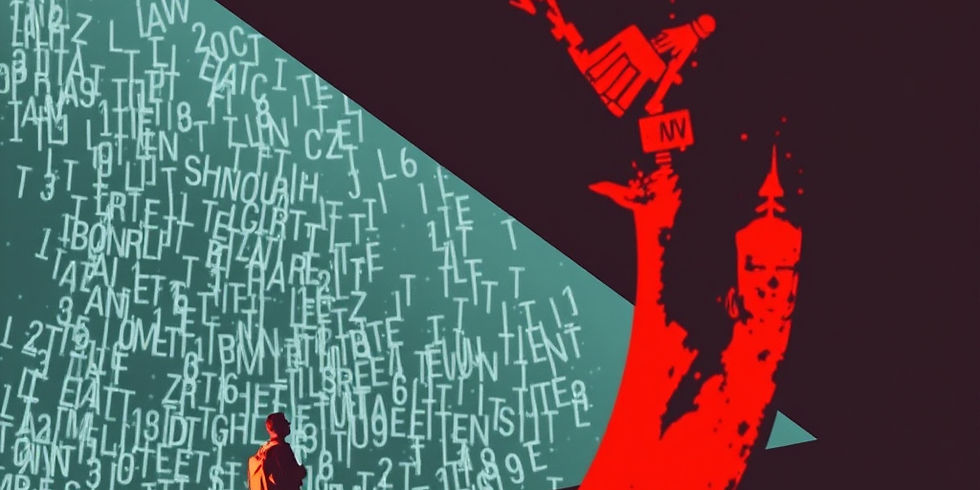Stillness as Strategy: Why Pausing Helps You Move Forward Faster
- InnerNorth Atlas

- Oct 20
- 2 min read
Introduction
We live in a culture that rewards speed. The quicker the reply, the faster the delivery, the more “successful” you appear.
But I’ve learned — in my own career and in working with others — that speed without direction is noise. Sometimes the most strategic thing you can do is pause.
Stillness isn’t about stopping. It’s about creating the space to see clearly.
Why We Fear Stillness
I used to believe pausing meant falling behind. If I wasn’t moving, I was losing. That belief left me exhausted — running faster, saying yes to everything, yet achieving less of what truly mattered.
I’ve seen echoes of this fear elsewhere:
After redundancy: the rush to apply everywhere, fuelled by panic.
Mid-career professionals: afraid that slowing down means being overlooked.
Returners: feeling pressure to “prove themselves” twice over.
The truth? Stillness is not weakness. It’s perspective.
My Experience With Stillness
There was a period when my calendar was full, but I was running on fumes. My instinct was to keep going — faster, harder. But instead of clarity, all I found was fog.
The turning point came when I allowed myself to pause — ten quiet minutes before starting the day, no emails, no lists, no noise. That simple act sharpened my focus more than any late night of frantic work ever could.
Since then, I’ve treated stillness as a deliberate strategy, not a luxury.
What Stillness Looks Like
Stillness doesn’t need hours of meditation or retreats. It can be woven into everyday rhythms:
Redundancy: pausing before the scattergun search, asking “What direction do I truly want?”
Mid-career: stepping back from the urgency of “everything now” to choose one meaningful priority.
Returners: carving out ten quiet minutes each morning to ground yourself before the day begins.
A Simple Stillness Practice
Pause. Take 5–10 minutes daily with no agenda.
Notice. Observe the thoughts that surface, without judgement.
Choose. Ask: What matters most today? Let that guide the next step.
Stories of Stillness
I once worked with a mid-career professional who told me: “I’m too busy to think.” By introducing a short daily pause, they noticed they were calmer, less reactive, and clearer about where to focus.
A parent returning to work described stillness as their anchor — a moment in the morning that gave them confidence to handle both work and family with steadier energy.
And I’ve observed redundancy journeys where the people who paused first — before rushing into dozens of applications — were able to approach the process with greater clarity and self-trust.
These shifts weren’t dramatic. But they were transformative.
Reflection Questions
Where in my life would a pause give me more clarity than pushing ahead?
What am I rushing that could benefit from space?
How might I build stillness into my daily rhythm in small, consistent ways?
Conclusion – Stillness Is Strategy
Whether you’re starting again after redundancy, facing mid-career uncertainty, or returning after years away, remember: stillness isn’t wasted time.
Stillness is the pause that restores energy, sharpens clarity, and makes the next step visible.
✨ If you’re ready to explore how stillness could reshape your next step, book a free 30-mins consultation with me. Together, we’ll turn pause into purposeful action.

